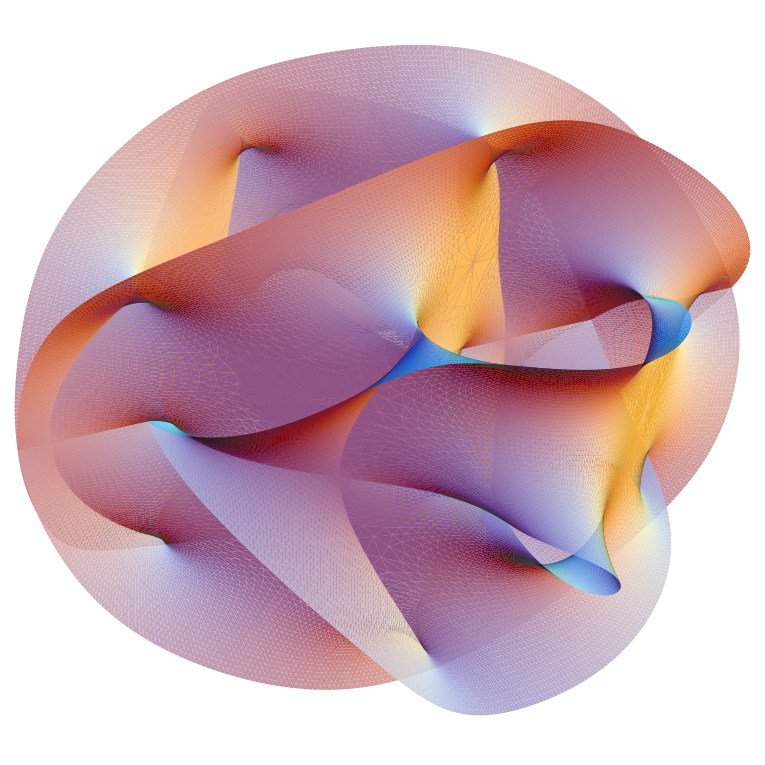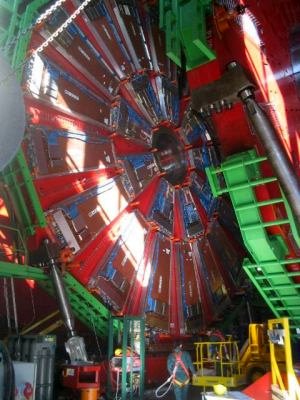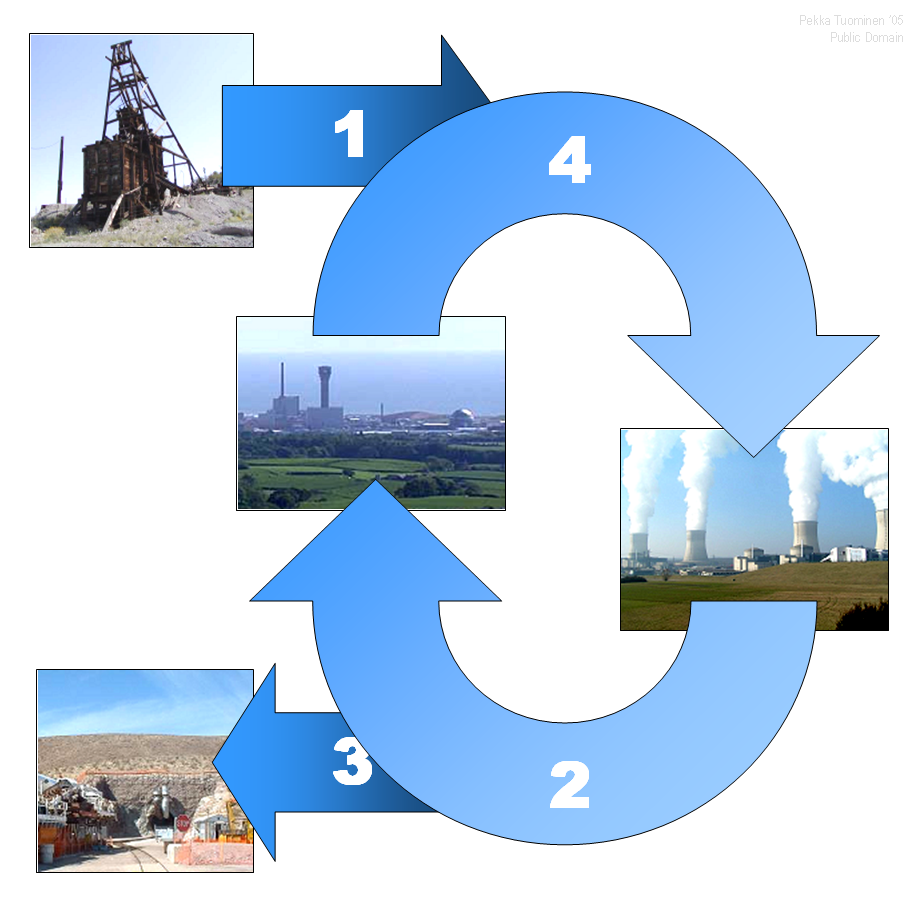For a very long time, mankind wanted to know the complete set of laws that govern nature. In order to achieve this, you need to take a look at how macroscopic objects (which you can see with your bare eyes) behave and then go even further at the very small. We know (or at least we think we know) that everything is made out of molecules. Molecules are made from atoms. Atoms are made from protons, electrons, neutrons and a bunch of other particles that I don't want to mess you up with.
The logical question that arises is: what are subatomic particles made of? Good question indeed. Some say that there is no more sub level. The subatomic particles are what they are and period. Others, on the other hand, claim that there has to be something more deeper. What scientists (at least a part of them) realized that some phenomena indicated that the subatomic particles are made out of STRINGS of energy.
In other words, think of a guitar; mainly it's strings. When you strum a strings it produces a sound through it's vibration. In particle physics, when a string vibrates in some way it forms a proton. If the strings vibrates in another way it forms an electron and so on. Just like in guitar playing, when a string vibrates in one way it makes the E note, when it vibrates in another way it makes a F note and so on.
Furthermore, when we think of guitar chords, they can only vibrate bidimensionally: you can play only in up and down strokes. On the other hand, energy strings can vibrate throughout the whole space. Of course there are a significant number of string types. An interesting aspect of this theory is that it needs other dimensions included in the actual mathematical theory in order for it to work. After saying this, scientist have come to the conclusion that our entire "space" is not made out of 3 dimensions (as classical physicists would say), is not made out of 4 dimensions (as relativistic physicists would say) but it is made out of 11 dimensions(so they say :P). Not so easy to comprehend but I haven't solved any equations yet, related to this so I can't confirm or not this statement.
In conclusion, it is not a question of are they or not right. I think that the most important aspect is that we are getting closer and closer to resolving some of our older questions about our Universe. You can't get it right from the first time, but I'm pretty sure that someone will figure it out and one day we will be able to fully understand nature. Until then, Cheers!





